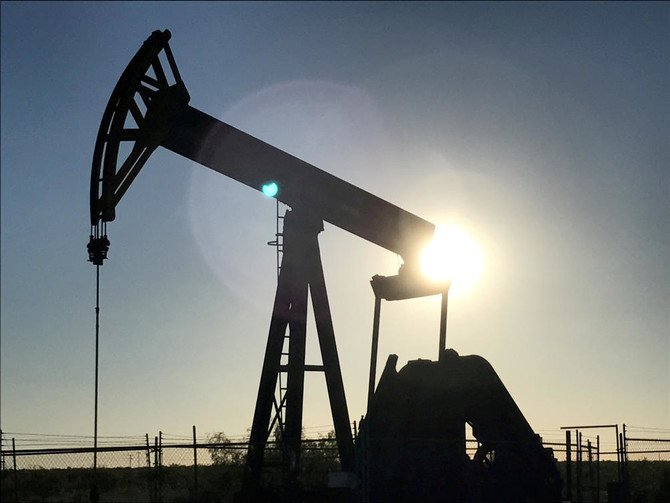
Hurricane season whips up further headwinds for US oil industry
The pace of oil production, which reached its highest point this year, coupled with slowing economic momentum in some nations, was last week reflected in downward sentiment on oil prices. Brent fell to $76.83 per barrel on Friday, with WTI down at $67.75 per barrel.
The deterioration in oil prices came about despite the strong environment in the world of physical crude purchasing. This added to localized market tightness.
Earlier in the week, a total of 48 offshore platforms were closed in the Gulf of Mexico, anticipating the arrival of Tropical Storm Gordon. But the storm quickly turned into a non-event. These offshore rigs are where most of the US sour/medium crude is produced. Most sophisticated US refineries were built to handle a choice of sour/medium crude, which is close to the crude specifications of imports from the Arabian Gulf.
Although the inclement weather in the Gulf of Mexico eased, the coming weeks will likely see further disruption in oil operations. The US is entering the peak months of the Atlantic hurricane season, which runs through November. While this year’s hurricane season is predicted to be below average, forecasters are still expecting 11 named storms, four hurricanes and one major hurricane.
There is the potential for a tropical storm to arise this week, although it is yet unclear if it will threaten the western Gulf of Mexico and the Texas coast. This is the location of the offshore oil and natural gas platforms that produce about 5 percent of US natural gas and 17 percent of crude oil. Onshore facilities account for about 45 percent of US refining capacity and 51 percent of its gas processing. The Louisiana Offshore Oil Port (LOOP) will be closely monitoring Atlantic storm activity, which is significantly more aggressive than it was last month.
The weather uncertainty has added to the headaches caused by the increasing demand for refined products in an already tight oil market. Lower volumes of refined petroleum products are coming out of India with lower exports overall from Northeast Asia. India is recording extremely fast growth in consumption with its refineries strained to keep pace with local requirements.
Global refining utilization is at a five-year high, with increasing product demand growth, as key economies returned to elevated utilization. Strong macroeconomic factors coupled with low refined product inventories have resulted in strong refining margins. This has incentivized refineries to run at elevated rates relative to 2017, especially during the peak summer driving season.
Some analysts might claim that high refinery throughputs would start to pressure refining margins globally, as a result of building refined products inventories. However, as the summer driving season ends, refineries enter the autumn turnaround season. Refineries typically process less crude in early October as they undertake autumn maintenance, so inventories will start to deplete.
The coming weeks should start to bring clarity to the issue of the medium and heavy crude coming out of Iran. It is thought that the US will refuse to grant waivers in regard to purchases of Iranian crude. This will leave Asian buyers in urgent need of over a million barrels per day of medium/sour crude from new suppliers. That could result in a shortage and a price rise.
Analysts are yet to sound any alarm on prices, preferring to wait and see if — due to US sanctions — demand weakens on lower economic growth in China. Despite agreements, Beijing could decide to increase purchases of Iranian oil, easing pressure on other suppliers.


























